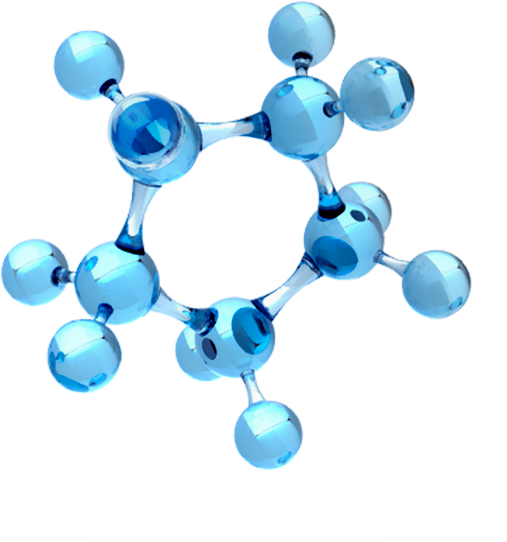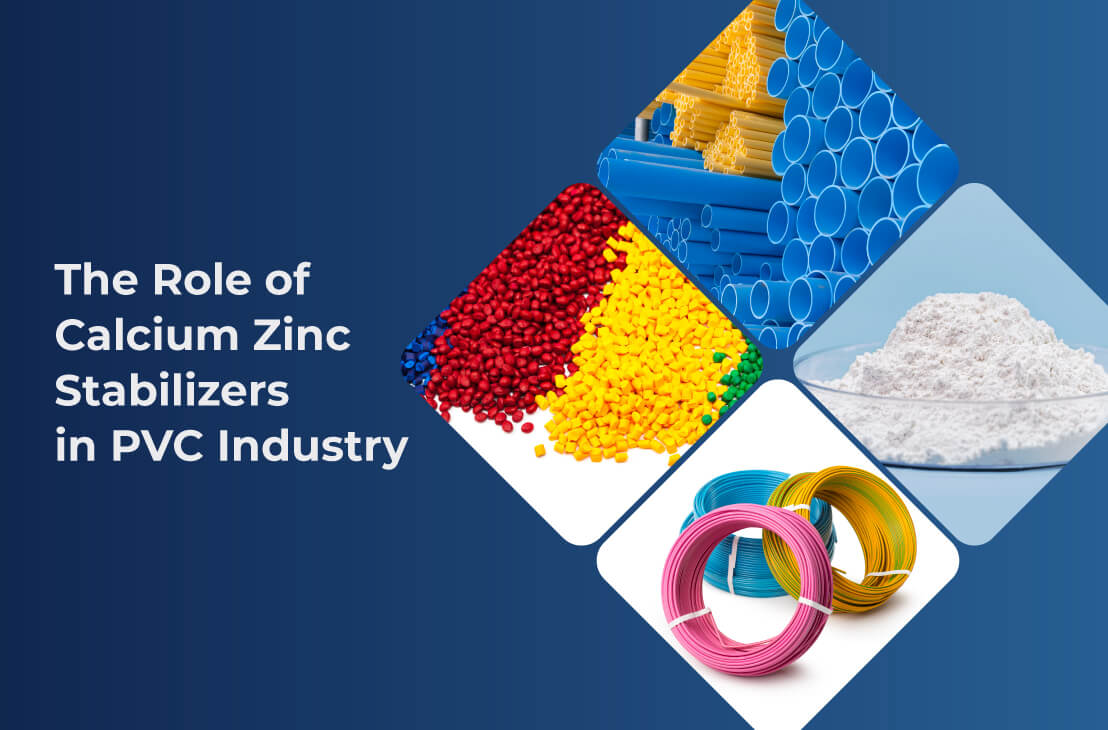In the discipline of materials science, the synthesis and manipulation of polymers, rubbers, and plastics represent a complex dance between chemistry and engineering. A class of heroes that are often disregarded lies between the mixing of substances and complex mixtures: metallic stearates. These small additions, derived from the moderate fatty acid stearic acid, end up playing a crucial role in defining the fundamental properties and functioning of these versatile materials.
Silent but powerful, metallic stearates are found in the polymer, rubber, and plastic industries. They consist of various metal ions, including magnesium, aluminium, zinc, and calcium. They have a profound impact on many different industries and are essential in enabling the conversion of basic materials into a vast array of products that enable modern existence.
Consider the production of plastics, where a precise component ratio determines every aspect of the process, from structural integrity to moldability. Metallic stealth actors are multi-talented performers who often go unnoticed in the spotlight. They function as conductors, adjusting mechanical qualities, extending the life of the product, improving flow characteristics during manufacture, and directing the symphony of features.
Metallic steels glide easily, lowering friction and making it easier for materials to pass through the intricate web of production equipment as they are churned and formed into moulds. Their role as lubricants and release agents—the unsung heroes who keep production lines moving smoothly and operations operating effectively—cannot be overstated.
These compounds affect not just the functioning of materials during production processes, but also their DNA. They give rubbers, polymers, and plastics the appropriate properties that characterise their application in a range of sectors by carefully adjusting viscosity and heat stability. By controlling the rate of crystallisation and aiding in the dispersion of pigments to ensure uniform coloration throughout, they preserve the material's integrity.
How to Spot Metal-Based Stearates
The primary component of metallic stearates is stearic acid, a fatty acid that can be found in both vegetable and animal fats. The most often occurring metallic ions in stearates are aluminium, magnesium, zinc, and calcium. Their distinct chemical makeup makes them incredibly adaptable additives with a wide range of uses that are essential to the polymer, rubber, and plastic industries.
Increasing the Efficiency of Processing
Processing aids are one of the main functions of metallic stearates. These substances serve as release agents and lubricants during production to stop materials from adhering to processing equipment. Through enhanced material flow characteristics and less friction, this significantly optimises the production process and increases operating efficiency.
Enhancing the Properties of Materials
Rubbers, polymers, and plastics can all see significant changes in their physical characteristics when metallic stearates are added. These substances help control the rate of crystallisation, improve thermal stability, and control melt viscosity. Manufacturers can attain desired properties like better dispersion, better mould release, enhanced flexibility, and resistance to deterioration by fine-tuning these features.
Promoting the Formation of Foam
Metallic stearates are essential when foaming is required. They serve as nucleating agents, encouraging the formation of uniform, stable foam formations. This characteristic is especially crucial for the creation of foamed materials, which give many items their buoyant, cushioning, and insulating qualities.
Serving as Additives and Stabilisers
Metallic stearates have uses as stabilisers and additives in addition to material processing and enhancement. They add to the durability of rubber, polymer, and plastic items by fending off oxidation, heat, and UV radiation. They also aid in the pigment's dispersion, guaranteeing consistent colouring throughout the material.
Perspectives on the Environment and Upcoming Trends
The function of metallic stearates is changing as a result of shifts in the global industry towards sustainability. Manufacturers are attempting to reduce their environmental impact by exploring new eco-friendly options and effective application techniques. Advances in biodegradable stearates and recyclable materials indicate that these businesses are headed in the right direction towards a more environmentally friendly future.
In conclusion
It is impossible to exaggerate the importance of metallic stearates in the plastic, rubber, and polymer industries. Their adaptability raises the efficiency of the manufacturing process, enhances the qualities of materials, and prolongs the life of goods. The finding of these materials suggests that, as environmental awareness and technological improvements grow, these essential industries will have a more prosperous and sustainable future.







